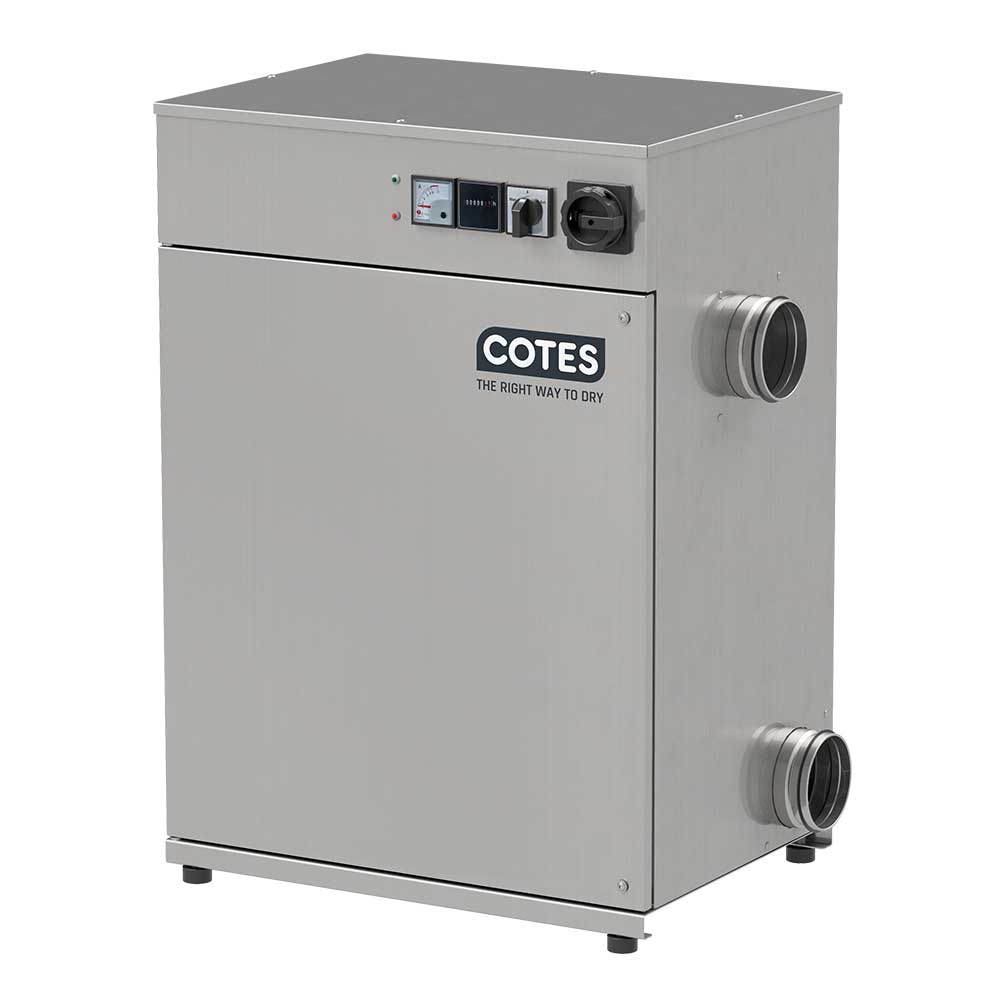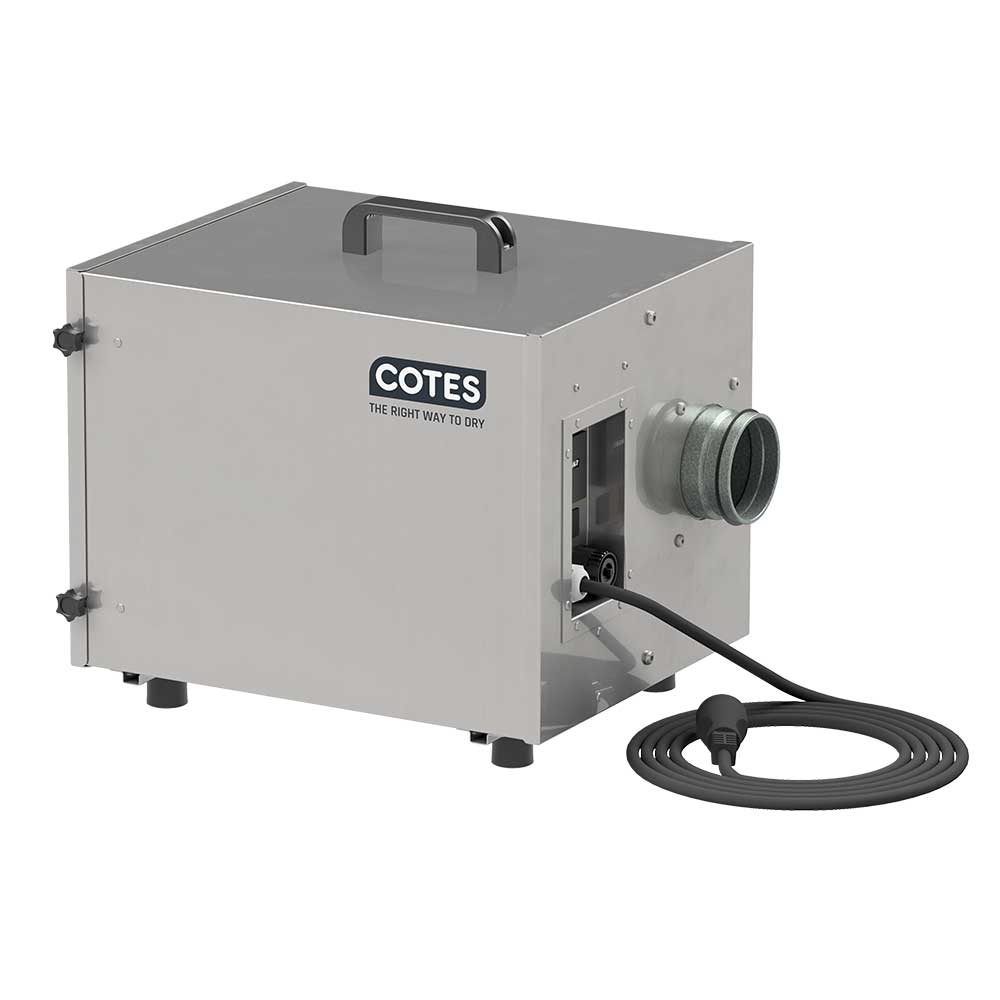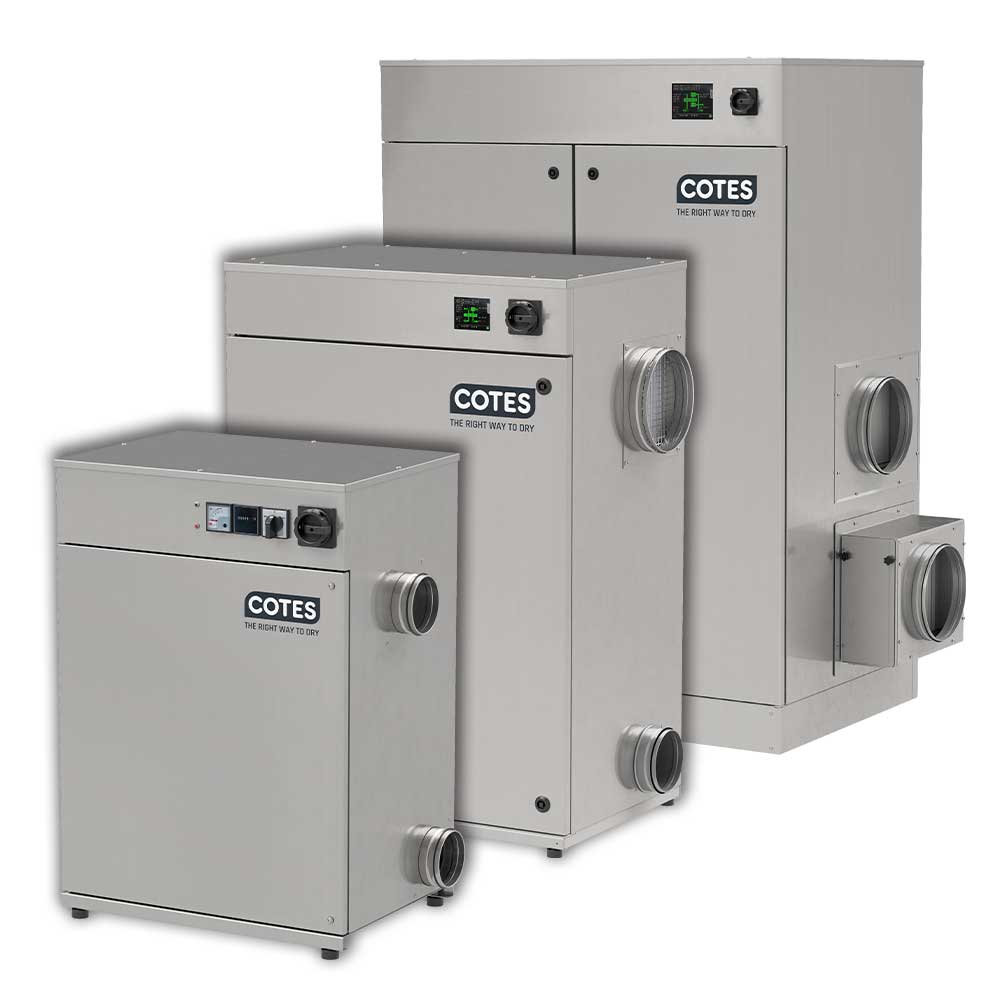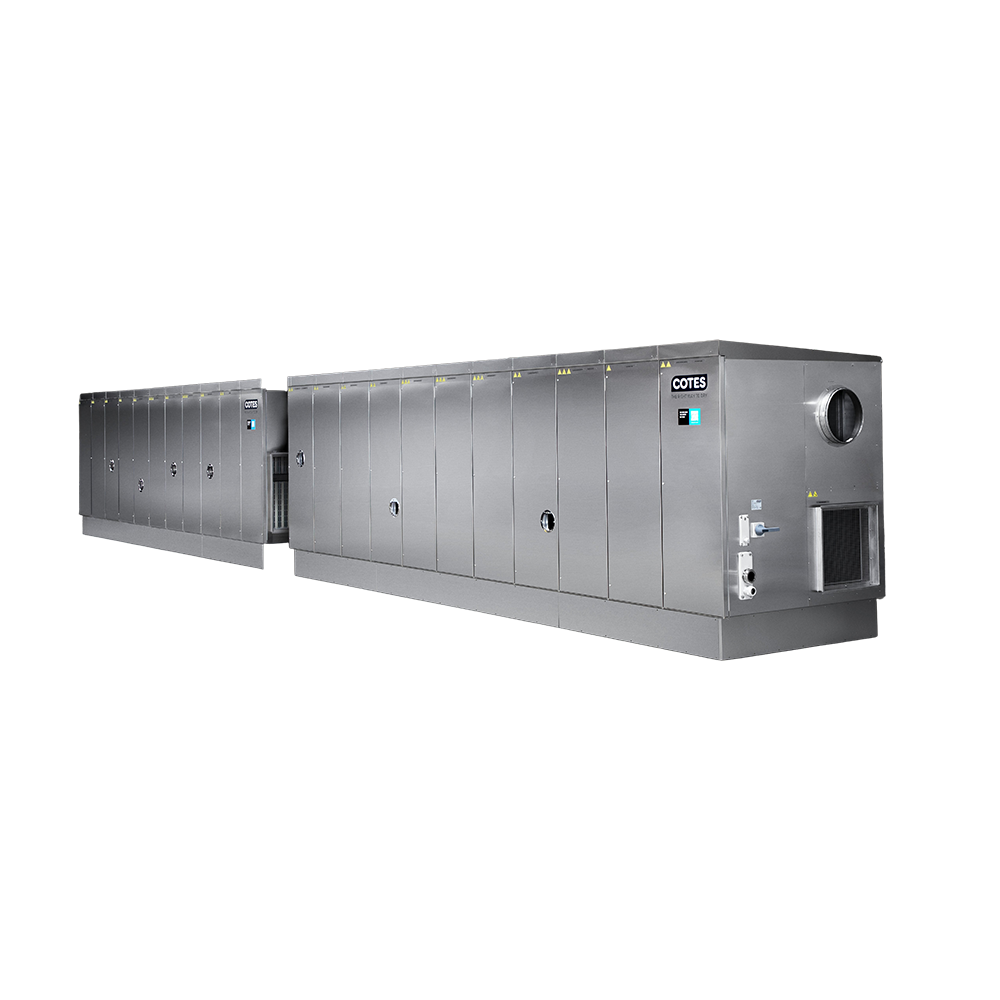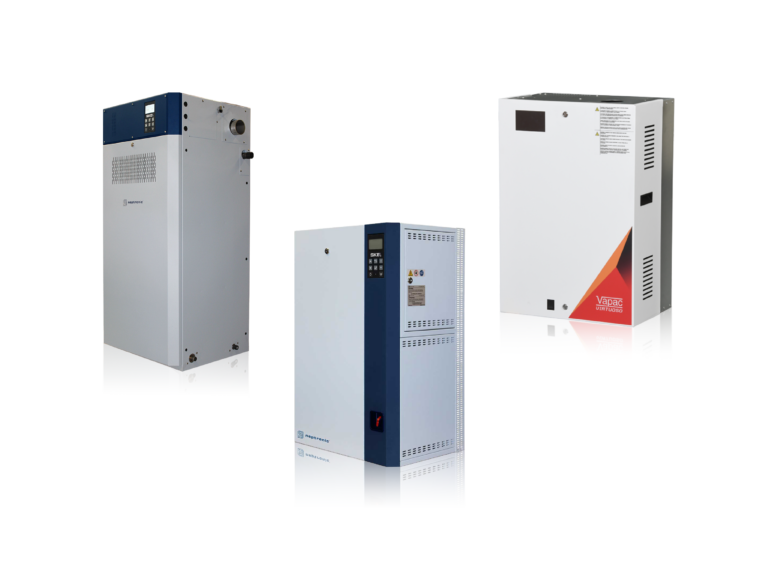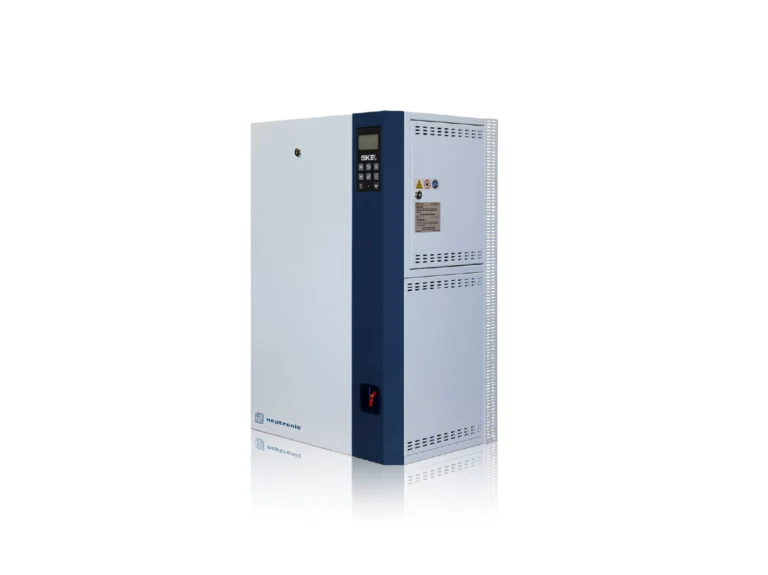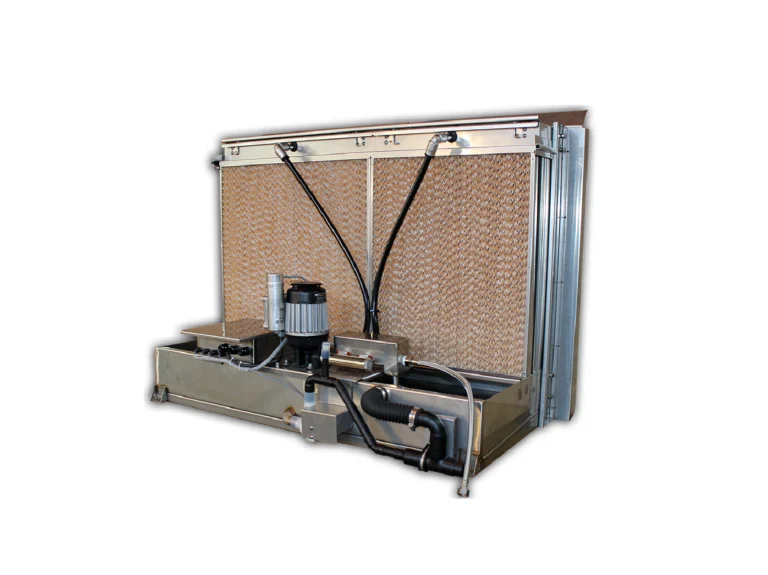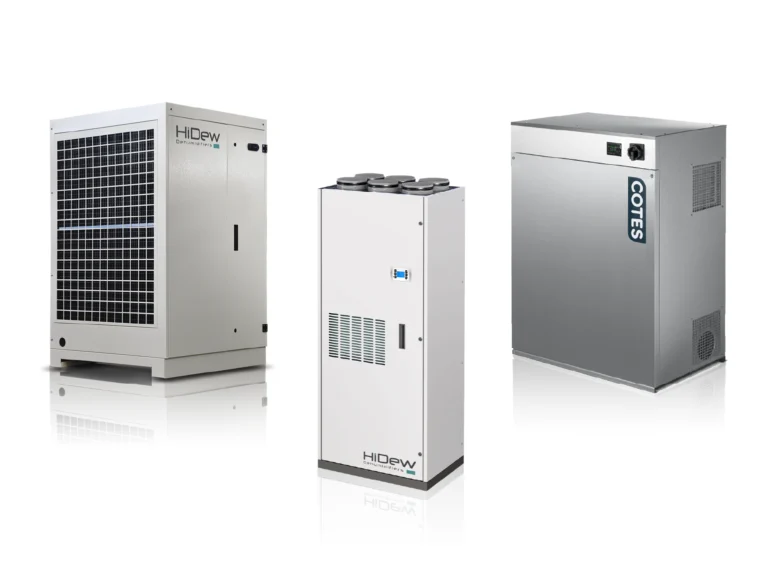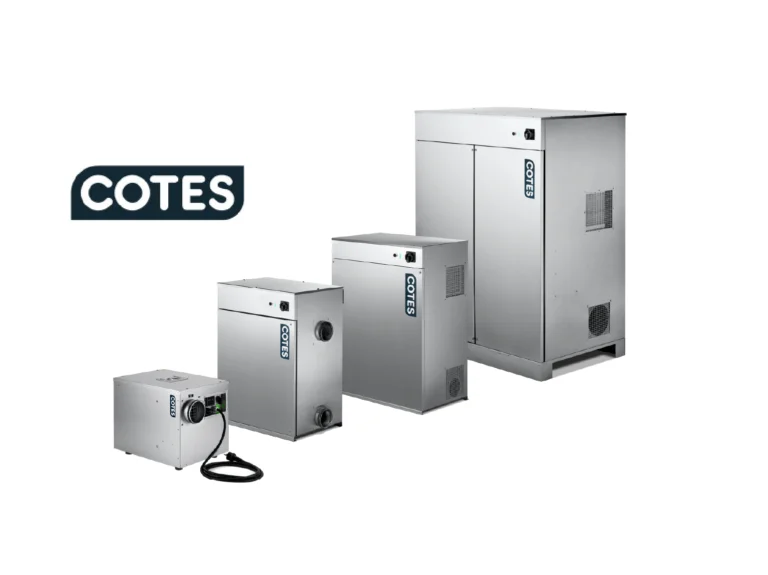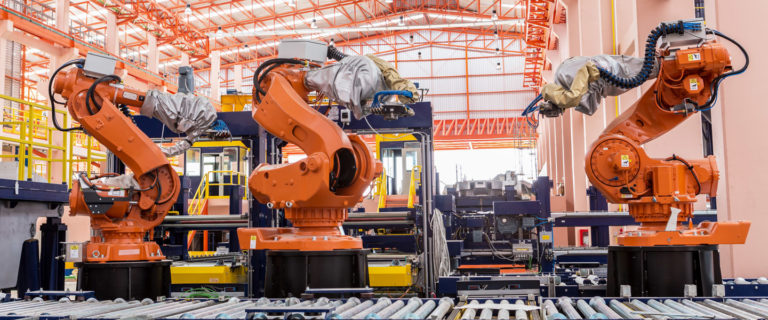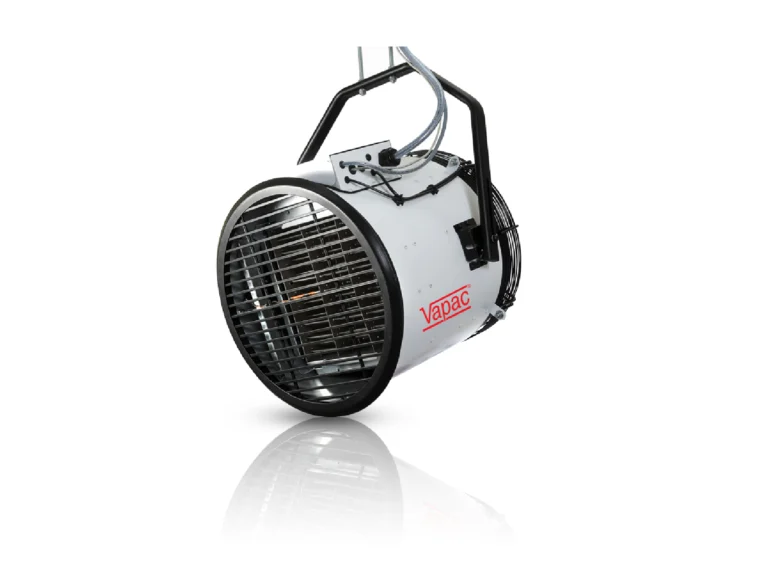Main Menu
Desiccant Dehumidifiers
Our range of industrial desiccant dehumidifiers has been specifically designed to remove moisture from commercial premises and large industrial spaces. Desiccant dehumidifiers are suitable for several applications, with the ability to operate in extremely low temperatures, up to -20°C. We stock desiccant dehumidifiers from Cotes A/S, a leading manufacturer based in Denmark, to suit both small and large-scale applications, ensuring only the highest quality products are made available to our clients.
To find out more about what is right for your business, contact our dehumidification experts today.
The Cotes Modular Desiccant Dehumidifiers include a range of standardised off-the-shelf dehumidifiers with add-on modules to meet specific requirements.
Cotes Mobile Dehumidifiers are a selection of compact, lightweight dehumidifiers built for mobility, with a handle for easy lifting and transportation.
Cotes Cold Store Dehumidifiers are designed for preventing ice from forming in sub-zero storage installations.
Cotes Ultradry dehumidifiers are for larger industrial applications or manufacturing processes where precision, performance and stability are key.
Cotes Flexible Desiccant Dehumidifiers are the top-of-the-line Cotes dehumidifier range, with standard air volume capacities from 2,000 m3/hour to approx. 40,000 m3/hour.
Dehumidification can often be vital in maintaining a safe work environment for both users and business processes. This is why it is essential to have a reliable system that can handle continuous usage and deliver precise dehumidification. The Cotes range of dehumidifiers is available in a range of sizes, from portable mobile units for smaller environments to modular systems for medium to large facilities.
Guide to Industrial and Commercial Desiccant Dehumidifiers
Desiccant (adsorption) dehumidifiers are a powerful solution for controlling excess moisture in industrial and commercial environments, particularly in unheated or low-temperature spaces.
Operating efficiently in all conditions, including sub-zero temperatures, desiccant units outperform traditional refrigerant dehumidifiers in cold environments such as warehouses, production facilities, and cold storage areas. Below 15°C and 50% RH, a refrigerant unit will not perform, and you will need to use a desiccant model.
Here we will discuss:
- Key features of desiccant dehumidifiers
- Types of desiccant dehumidifiers
- Desiccant dehumidifier applications
- Sizing a desiccant dehumidifier
How Does a Commercial or Industrial Desiccant Dehumidifier Work?
Instead of using refrigeration to remove moisture, desiccant dehumidifiers use a desiccant material (typically silica gel or a similar hygroscopic substance) to absorb water vapour from the air.
Commercial-grade desiccant units have been designed for high-capacity moisture control, specifically for use in challenging environments and consistent year-round humidity control. Capacities can range from 0.5 kg/hr to 50+ kg/hr of removal.
Watch our video on desiccant dehumidifiers for an in-depth look at how the technology works.
Key Features of Desiccant Dehumidifiers
High performance at low and sub-zero temperatures – Desiccant units excel in cold settings where refrigerant models lose efficiency. They also produce warm, dry air. This heat gain is a byproduct of the dehumidification process and isn’t controllable. They are reliable even in harsh, moisture-heavy environments
Compact, Powerful & Built to Last – Thanks to their advanced technology, desiccant dehumidifiers are often more compact than compressor-based alternatives while delivering equal or greater moisture extraction. Their robust construction ensures long-lasting performance in demanding conditions
Safety & Operational Benefits – By preventing ice build-up and reducing frost, desiccant dehumidifiers help minimise the risk of slips, equipment damage, and downtime. This makes them especially valuable in environments where moisture and condensation can affect safety or productivity
Desiccant Dehumidifier Variations and Models
Dehumidification requirements vary widely across industries. For instance, lithium battery manufacturing demands near-zero humidity, while charcuterie cold storage typically needs a relative humidity of 70–80%. To accommodate these diverse needs, desiccant dehumidifiers come in various configurations, each designed to suit specific industrial applications.
Regular Desiccant Dehumidifiers are suitable for most applications operating within typical temperature ranges – generally 0°C and above. Our modular range of desiccant dehumidifiers can handle temperatures between 0°C – 40°C and feature a modular design that can be customised to fit different spaces.
Mobile Desiccant Dehumidifiers are compact and allow easy handling and transportation. They are ideal for small-scale drying in aircraft, boats, building and construction, and storage, etc. Our range of mobile desiccant dehumidifiers operates within 0°C – 35°C and can be used continuously, even in challenging environments.
Cold Store Desiccant Dehumidifiers have been designed to work in sub-zero conditions, preventing ice formation and condensation build-up. Our range of cold store desiccant units can remove moisture from temperatures down to -25°C and is ideal for use in all types of chillers and freezing units.
Ultradry Desiccant Dehumidifiers are specialist units built for environments that demand 0% RH or extremely low humidity, such as battery production facilities. They are designed to deliver consistently low dew points, making them essential for critical environments. Our range of ultradry desiccant units is engineered for high performance and custom-built to meet your requirements.
Desiccant Dehumidifier Applications
While desiccant dehumidifiers are capable of operating across a much broader temperature range than refrigerant models, they excel in low-temperature environments and situations where precise humidity control is essential. Below are some key industries where desiccant dehumidifiers are commonly used.
Warehouses use desiccant dehumidifiers to maintain optimal humidity levels, protecting goods from moisture damage, corrosion, and mould growth, especially in unheated or poorly insulated spaces
Production facilities need consistent humidity levels to protect raw materials, improve product quality, and ensure smooth operation of machinery. Desiccant units are especially valuable in environments where moisture can compromise manufacturing processes
Storage facilities use dehumidifiers to protect goods from moisture-related damage such as mould, corrosion, and material degradation. Read our case study of a recent humidity control system installation for an art storage room
Cold storage rooms can suffer from condensation, which increases mould growth, premature degradation of products, damage to packaging, and slipping hazards to employees. Desiccant dehumidifiers are ideal in this type of environment as they are highly effective at removing moisture at low temperatures
Pharmaceutical packaging environments need to maintain strict humidity control to protect moisture-sensitive products and ensure compliance with regulatory standards. By keeping humidity levels stable, they help prevent clumping, degradation, and contamination of medications during packaging
Cleanrooms and laboratories use desiccant dehumidifiers to maintain precise and stable humidity levels, which are critical for controlling airborne particles, ensuring product quality, and meeting stringent industry regulations. Their ability to operate effectively in controlled environments with tight tolerances makes them ideal for industries such as pharmaceuticals, microelectronics, and biotechnology, where even slight fluctuations in humidity can compromise processes or product integrity
Battery production facilities, especially lithium-ion battery manufacturing, need ultra-low humidity levels – often below 1% RH to prevent dangerous chemical reactions. Desiccant systems offer the reliability and precision needed to meet the strict environmental conditions required in dry rooms and other critical production areas within these facilities
Food storage and processing facilities require consistent moisture control to maintain product quality, prevent mould growth, and reduce the risk of spoilage or contamination. Desiccant dehumidification systems provide stable humidity levels even in chilled or high-moisture environments, helping to protect ingredients, packaging, and finished goods. By controlling humidity, these systems support food safety standards, extend shelf life, and ensure optimal conditions throughout the supply chain
Sizing a Desiccant Dehumidifier
When sizing a dehumidifier, several important considerations must be taken into account to ensure effective and efficient performance for your specific application:
Moisture load – internal sources from people, processes and equipment and external sources from doorways and ventilation systems.
Target humidity level – i.e. relative humidity (RH) or dew point for the space
Volume of the space being treated
Ambient temperature – low temperature environments will need a desiccant dehumidifier, while warm, humid environments like swimming pools work best with refrigerant dehumidifiers
Airflow requirements – additional or existing ductwork, pressure drops, fresh airflow and whether air handling integration is needed
Process requirements specific to your industry – i.e. clean rooms that need precise control with integrated sensors or building management systems
Energy consumption – running costs and selection of the most energy-efficient models, where possible
Installation location – include any space constraints and accessibility for maintenance alongside ductwork requirements.
We Can Help with Specifying Commercial Desiccant Dehumidifiers
Looking for help selecting the right model? Contact our team for expert advice or browse our range of desiccant dehumidifiers.
